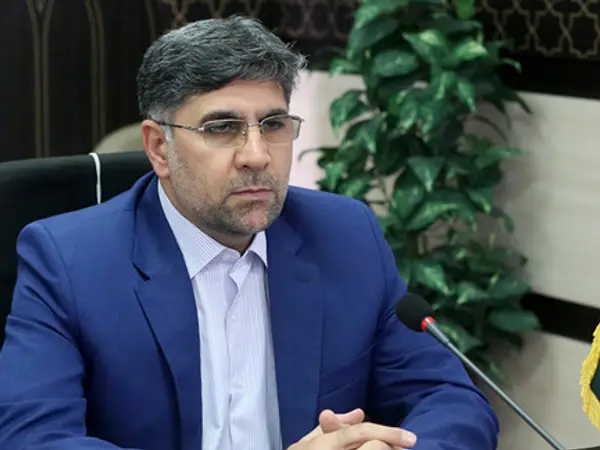As the Islamic regime in Iran is executing protesters, some politicians in the system call for calm and urge the government not to resort to more violence.
Lawmaker Shahryar Haydari said in an interview that "the country cannot be controlled with military confrontations with protesters."
He added that the committee is reviewing the government's approach to offer its suggestions for a way out of the current crisis. However, he added that it is up to the Iranian Judiciary to decide who should be pardoned and who should be punished.
Haydari said the Judiciary should pardon all those who simply protested in the streets and did not engage in violence. Referring to the execution of two protesters in less than one week, the lawmaker suggested that the government should not follow policies that increase tensions in society.
He further claimed that there have been fewer protests in recent days, but the government should not think protesters have given up their demands. The government should listen to them and President Ebrahim Raisi should be personally accountable for all the problems in the country.
However, a hardliner lawmaker Mostafa Mirsalim said Wednesday that the Judiciary should execute protesters quickly - within ten days after their arrest.
Haydari, stressing that military confrontation with the protests cannot solve the country's problems, called for economic solutions for the people's financial problems.
But that is one goal Raisi cannot accomplish by himself without a major change in foreign and domestic policies, a herculean task hinging on support by the authoritarian ruler Ali Khamenei.
Meanwhile, reformist sociologist and political activist Hamid Reza Jalaeipour said in an interview with Etemad Online that "Protests have still not entered a revolutionary phase, but they will, if the situation becomes increasingly critical. He added that the execution of a young protester, Mohsen Shekari on December 8 has deeply moved and agitated even those Iranians who were not actively taking part in the protests.
Jalaeipour said that most of those protesting in the streets are women and young Iranians including students. Nonetheless, he added, around 70 percent of Iranians are still silent and have not aligned with the opposition although they are not happy with the government's performance.
He pointed out that what is happening in Iran is not a riot. "Riots end soon but this movement is continuing. It has so many artistic and cultural manifestations and it has attracted worldwide support," Jalaipour said, and added that the government should allow these demands to be voiced. But unfortunately, the more politically active the society becomes, the less openness the government shows.
"During the past 90 days while this movement has been going on, the government has not tried to convince the people that it cares for their views. If this approach continues…a revolutionary phase might start," he said, adding that "The government has managed to control the situation during the past three months, but it cost hundreds of lives."
Jalaeipour added that some of the five million elders in the country are looking for conservative solutions. But this country has about 20 million youths and some 38 million others in between the two groups. The ideologically minded elders control the government regardless of what the other 58 million want. If they feel really fed up, they might end their silence.
Meanwhile, reformist politician Mehdi Ayati told Rouydad24 that if the government uses more violence against protesters, street unrest might go underground. He stressed: "Violence is not the right answer to [protests.]"
Although it might be too late, people will be happy when the government takes their demands and views seriously. But it has ignored the public’s demands and views for a long time. It should have attended to the needs of young people and women earlier.
Ayati, a former lawmaker, said that if the government wants to make up for its shortcomings, the first step is to avoid violence. He warned that violence will boost dissent to an uncontrollable level.
